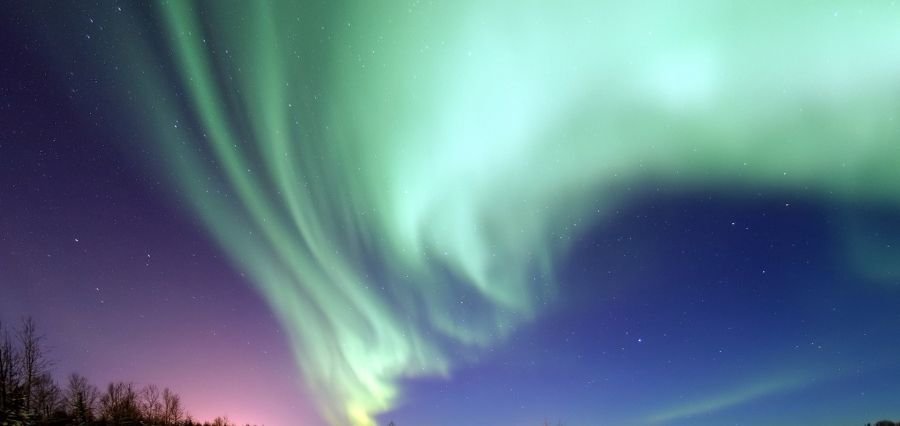Prime Highlights
- A geomagnetic storm tonight will make the northern lights visible across eight U.S. states.
- NOAA recommends viewing from 10 p.m. to 2 a.m. to have the best chance to see the aurora.
Key Facts
- The Kp index will increase to 4, indicating moderate geomagnetic activity.
- The visible auroras can be observed in the states of Montana, North Dakota, and Minnesota.
- Dark skies, high ground, and clear skies are the necessities for the best view.
Key Background
Aurora borealis, or the northern lights, is a natural light display caused by solar particles colliding with Earth’s atmosphere. The particles, which are predominantly electrons, are driven out of the Sun during solar activity and are guided by Earth’s magnetic field toward the poles. In the upper atmosphere, they collide with gases like oxygen and nitrogen to create the spiral lights that emit green, red, and purple colors.
The National Oceanic and Atmospheric Administration (NOAA) has predicted geomagnetic activity tonight that may make northern lights visible further south than normal. This is based on a projected Kp index of 4, which indicates moderate geomagnetic disturbances. The Kp index is a 0 to 9 scale of geomagnetic storm strength, with higher values pointing toward more intense activity and better visibility of aurora at lower latitudes.
This is part of a series of solar events that are an ongoing solar cycle headed towards its maximum point, which is the solar maximum. During this time, the Sun generates more intense solar wind and flares, such that auroras are more possible worldwide. These recent solar bursts ought to make auroral sightings more likely, especially in northern U.S. states including Montana, North Dakota, Minnesota, Wisconsin, Michigan, and parts of New York, Vermont, and Maine.
For those who are going to watch the aurora tonight, experts advise to go to a high, dark place where no city lights are present. The peak viewing is typically between 10 p.m. and 2 a.m. local time when the sky will be darkest. Clear skies will also increase your probabilities of observing the phenomenon.
This event is one of a series that helps account for an increasing percentage of auroral sightings in unexpected areas of the U.S. over the past year, as increasing solar activity continues to provide favorable conditions. Since solar maximum is expected to drag on through 2026, observers should have increasing opportunities to witness this beautiful and uncommon phenomenon during the next few months.




